A French Culinary Vacation with Le Calabash
When I arrived in the Loire Valley, I was welcomed with what Chefs Sidney and Allison Bond described as a traditional French market dinner.
“It’s nothing fancy. Just stuff we picked up at the farmer’s market today. I hope it’s enough to eat. Are you hungry?” asked Sidney in his distinct South African accent.
I was famished. All I had eaten that day was a rather pathetic looking bocadillo jamón on the train from Barcelona. It did little to tide my hunger, but I wasn’t worried. Having traveled to Africa with the Bonds, I already knew that Sidney was being modest on our pending dinner. It was most likely a feast to acclimate us to the best of French Cuisine, and, in particular, the Loire Valley in which he is so proud to call home.
Dinner would have to wait though until after a toast. We raised our glasses of 2010 Crémant de Loire, a sparkling white wine from the Loire Valley that could rival anything from the Champagne region, in a cheers to good friends. While we sipped, Sidney familiarized us with the teaching kitchen at Le Calabash Petit Conservatore de la Cuisine. Located in a small hamlet in the belly of the Loire Valley, the kitchen would be our home for the next 48 hours as he and Allison led us on a French Culinary Adventure.
Bubbly in hand, Allison escorted us from the teaching kitchen to the dining room for our French market feast.
Spread out on the long wooden table was an assortment of local cheeses, rouillons (a Touraine slow cooked pork belly), duck rillettes with fig chutney, a local pork saucisson with chesnuts, and duck liver mousse with port jelly. As a self-proclaimed foodie, I’m ashamed to admit that I had heard of very few of these treats, but was eager to roll up my sleeves and dive in to the salty, savory, and sweet spreads and confits. Each was a new flavor adventure.
I had never tasted cheeses quite like the Camembert Normandie and Galette de Templiers. The Camembert Normandie, Napoleon’s favorite cheese, was rich, buttery, and runny with a slight funk from the rind. The Galette de Templiers, on the other hand, delivered a flavor that was sharp and intense that lingered in the mouth calling out for another bite. The Saint Maure’s Goat Cheese, with its ash and charcoal rind, highlighted why the Loire Valley is considered the world’s best producer of goat cheese.
To supplement the heartier dishes, the Bonds served a farm fresh salad of lettuce, tomatoes, and radishes with a homemade raspberry vinaigrette alongside Allison’s sourdough bread. I’m a regular at my local farmer’s market, and still my mind was blown by the freshness of the vegetables. They didn’t even need the vinaigrette. I thought back to the green fields we passed on the way in and was reminded why many consider the Loire Valley to be the breadbasket of France.
For dessert, Allison prepared passionfruit crème brûlée. Little did she know that crème brûlée is one of my favorite desserts in the world, and I’m a sucker for anything passionfruit. Or did she? Sidney and Allison delight themselves in spoiling their guests. Perhaps she remembered from the African Culinary Adventure?
This was anything but a humble farmer’s dinner.
Or maybe it was? Maybe this is the way we should be eating? Produce fresh from the farm next door. Cheese from a village that’s been producing it for over a thousand years to the point of perfection. Mushrooms that were foraged from the wild just yesterday. Wine from a vineyard passed weekly on the way to the market. Food that you know where it came from.
I want to say that I came away from my experience with Le Calabash stocked with recipes which I was ready to impress friends and family and techniques to make me a better home chef. Instead, I came away with so much more.
The morning of our second day, the Bonds taught us how to make a Saint Maure’s Goat Cheese soufflé that I can’t wait to cook for my wife. The lesson wasn’t about the recipe and how to properly fold the cheese into the batter, but how to eat a dish as rich as a cheese soufflé. Our welcome dinner aside, the French believe in moderation. They wouldn’t pair a soufflé with rouillons and duck rillettes (as much as I was hoping for round two…). Instead, the hearty elegance was paired with a salad so as not to weigh us down for the rest of the day’s culinary adventure.
After lunch, it was Allison’s turn to shine.
And my turn to be embarrassed. I’m not a pastry chef of any kind and admit to being quite intimidated as she described the dessert we were to prepare. Allison’s take on the palvova includes four layers – a spéculoos biscuit, white chocolate fondant, pear compote, and chocolate mousse. We were to prepare each layer individually and then assemble them for the evening dinner. While I can’t say that my attempt turned out as well as my partner’s, Suzanne Radford from Dubai Eye, it turned out better than I anticipated.
I expected the lesson of such a complicated dessert to focus more on recipe and technique. Instead, I felt that I learned more about the importance of choosing the right ingredients. It’s knowing what variety of chocolate to pick out and what type of butter to use (never less than 80% fat) along with knowing which temperature to add hot and cold ingredients to the mousse.
All of these lessons are taught in the former stable of the country farmhouse that has been meticulously refurbished with modern cooking equipment while still maintaining the charm that comes with a 380-year-old building. The teaching kitchen has been retrofitted with enough cooking stations to allow up to eight guests to have a hands-on culinary experience. In the works is the conversion of the hamlet’s brick oven into a wine and cheese cellar.
According to Sidney, a successful chef most possess two qualities.
First, cooking has to come from the heart. Second, a chef must always use the best ingredients. These two philosophies best summarize my experience at Le Calabash. You don’t attend a French Culinary Adventure to learn about cooking. You attend a French Culinary Adventure to learn about a way of life that has long since been forgotten in the United States to the detriment of our health and society.
You attend a French Culinary Adventure to return to the heart of cooking. To reinvigorate the creative passion of instilling soul into our daily meals. To focus dinner back to an experience of good food and wine to be shared with friends and family over the course of an evening. You attend a French Culinary Adventure to incorporate an old philosophy into your lifestyle. This isn’t a French culinary vacation, but the experience of a lifetime.
It what ways do you incorporate the philosophy of French cuisine into your lifestyle?
Disclosure – Merci beaucoup to Le Calabash for hosting me for a glimpse into a French Culinary Adventure. Regardless of their generosity, readers receive my honest feedback as my opinions are not for sale.

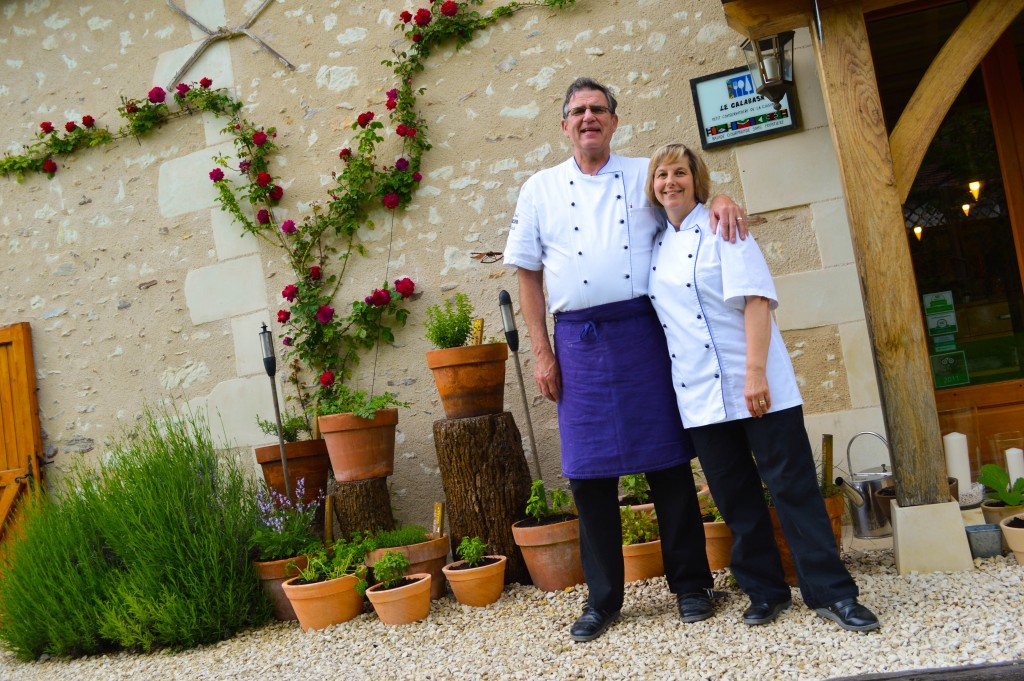
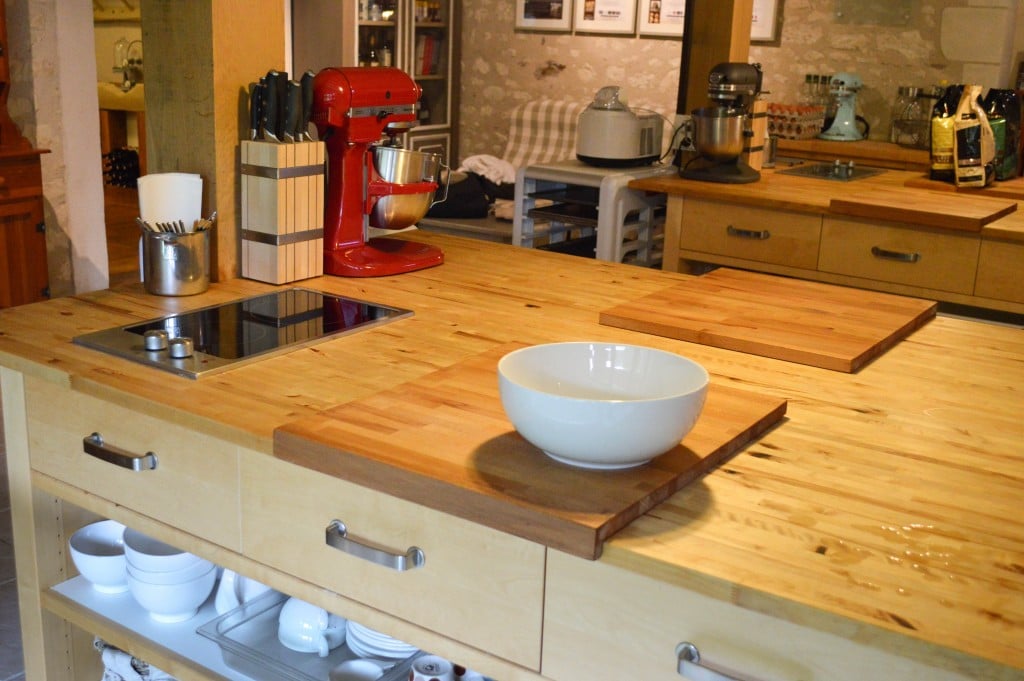
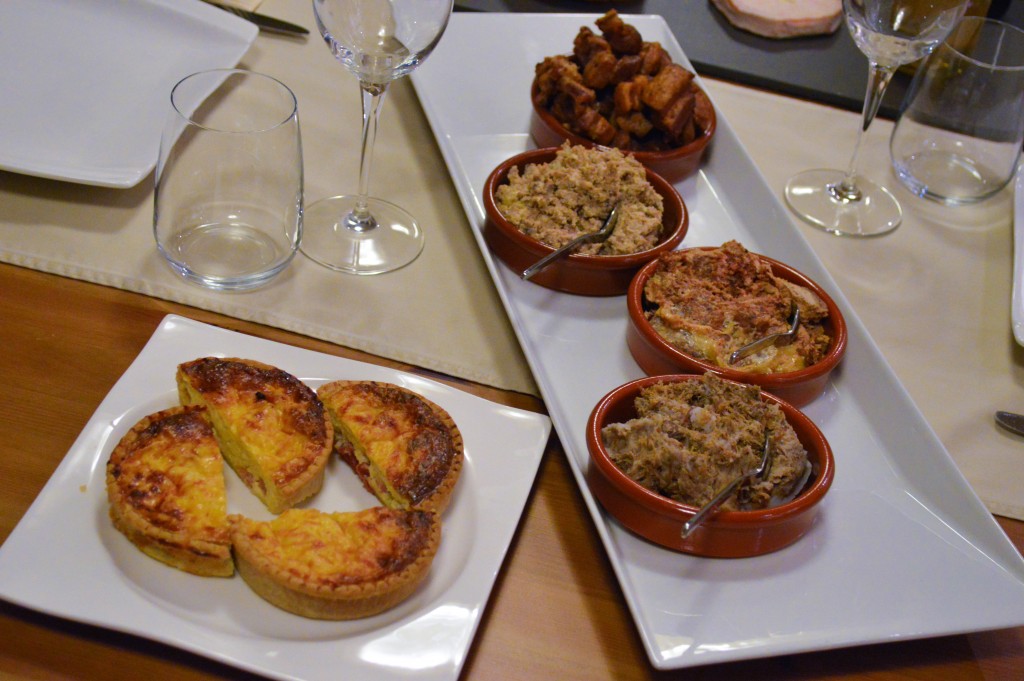
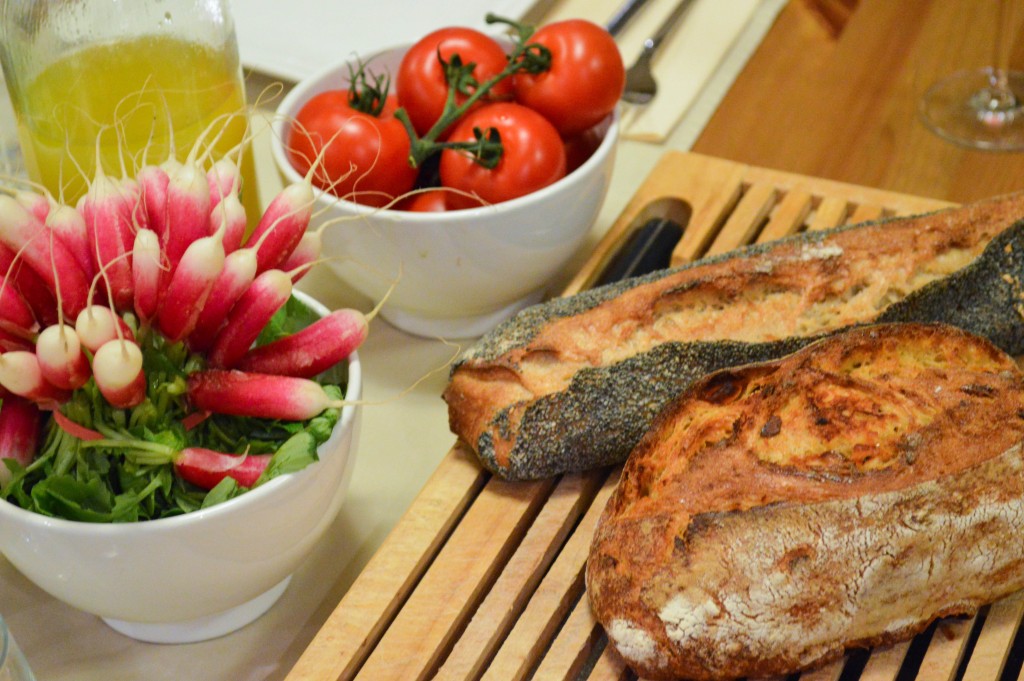
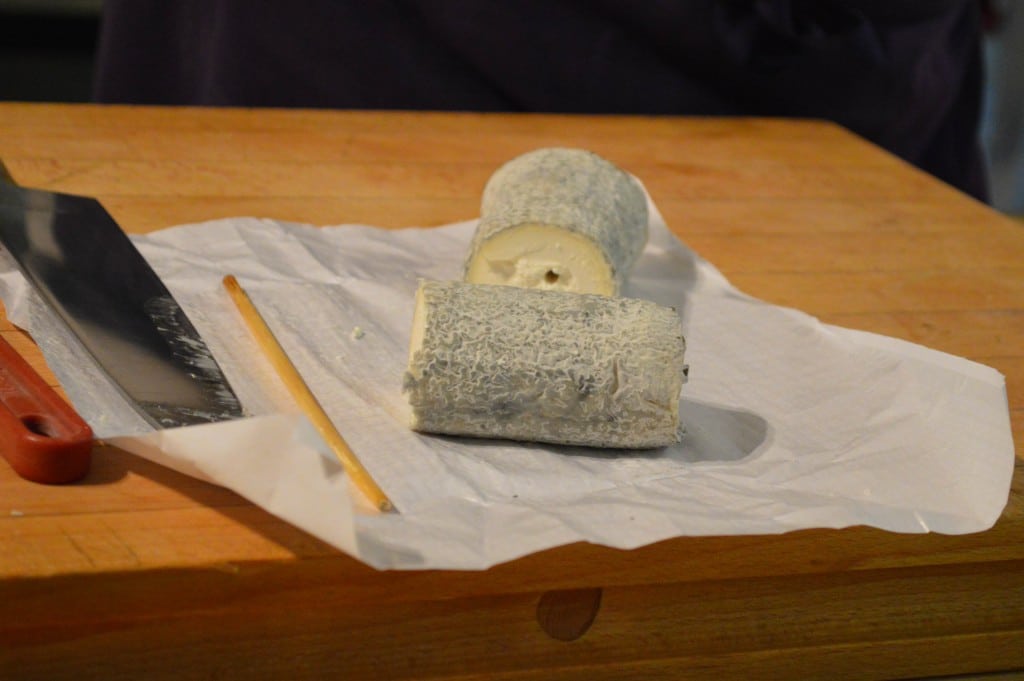
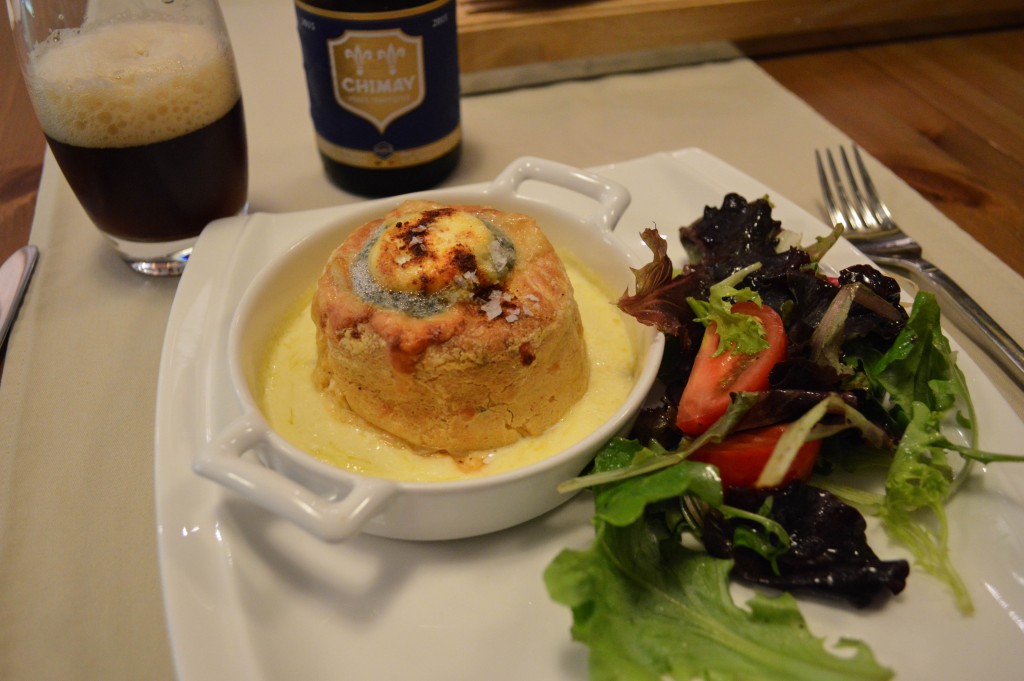
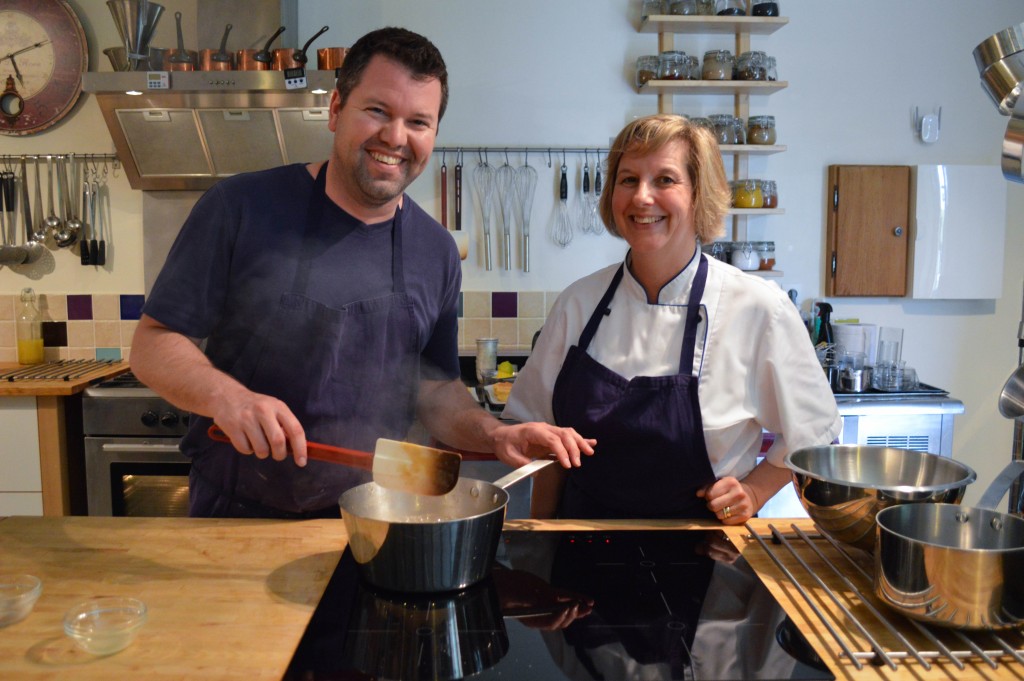
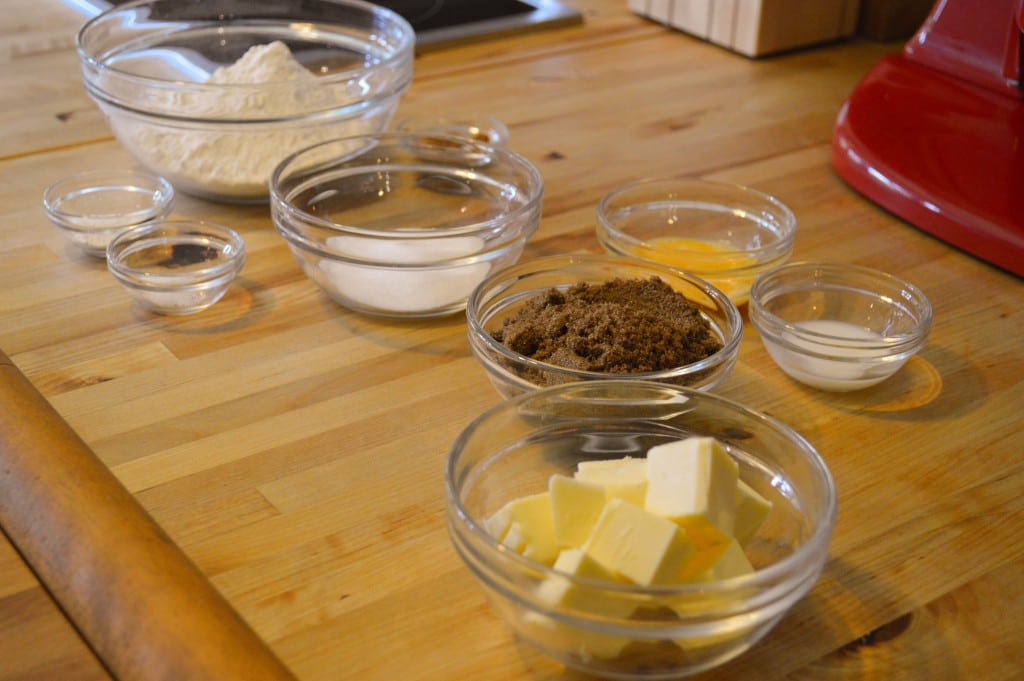
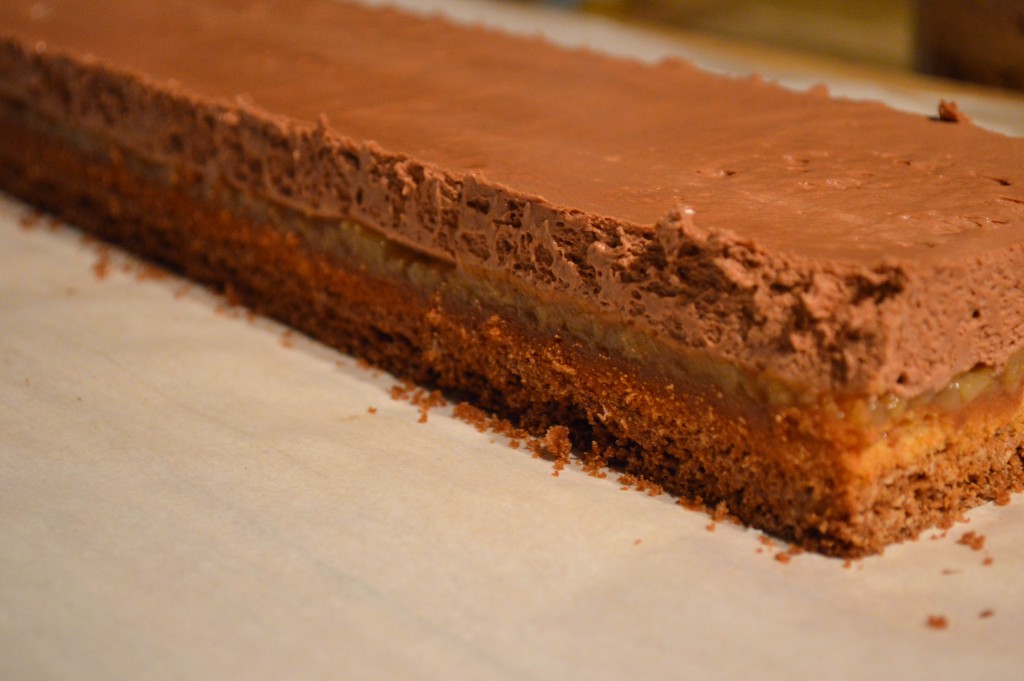
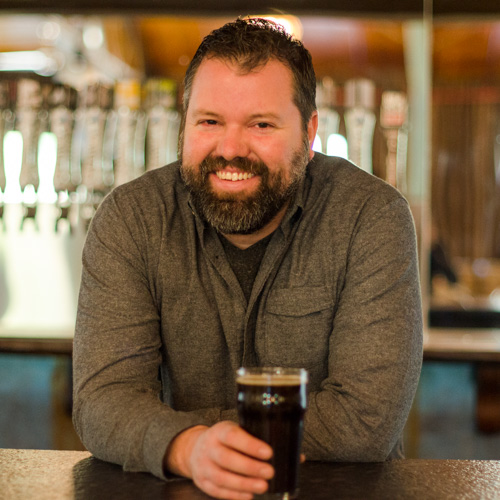









Bryan, thank you so much for your kind words and insparation. It was wonderful having you here with us and ‘Talking Food’ Your insparation and love for everything good, fresh and natural is insparational. Keep it Cooking, Ali and Sid.
Thank you! I had a great time and can’t wait for the next culinary adventure with Le Calabash!
Such an awesome post! Can’t wait to read more.
Then check back later today! I’ll be posting a review of the chateau. I never stayed at a chateau so I felt quite fancy!